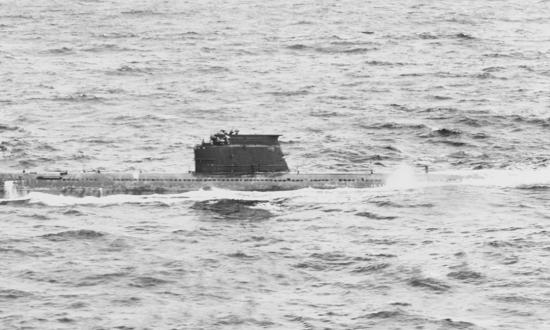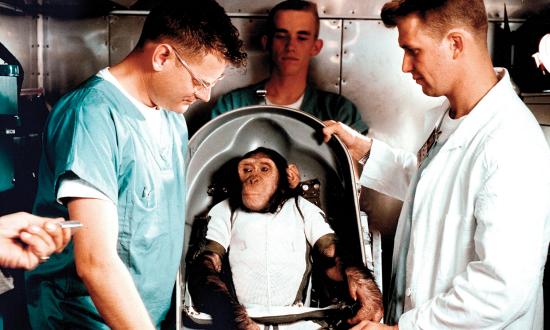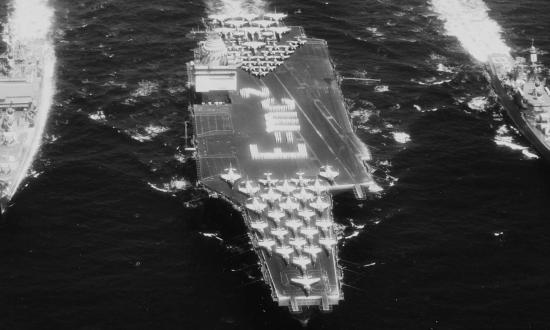Fresh out of the U.S. Naval Academy in 1933, Ensign Charles E. Loughlin reported on board the USS New Mexico (BB-40). In these edited excerpts from his Naval Institute oral history, Loughlin—who would rise to the rank of rear admiral, with command of the USS Queenfish (SS-393), three war patrols, two Navy Crosses, and a Silver Star along the way—recalls his life in the engineering department during that first battleship tour.
One of the biggest influences on my life was Hyman Rickover, who was a lieutenant at the time. He was the assistant chief engineer. I worked for him for two and a half years, and we put three white “Es” on the ship. There are many feelings about Admiral Rickover. My feeling is he is intelligent, but he’s not a genius. He is the hardest working naval officer I have ever known. He was one of the most loyal officers I’ve ever worked for. I could do no wrong with him. The chief engineer was smart enough to let him run the whole darn show.
One Sunday—there was nothing to do except work—I had A division at the time and was in the Log Room looking up some material. Lieutenant Rickover, who had just taken over as assistant chief, asked me, “What do you know about the gasoline system here?”
“Well,” I said, “it’s in my division. It starts in the peak tank forward, and it runs through the ship. I traced it out once but not as thoroughly as I should have.”
“That’s not good enough,” he said. “Let’s take a look at it.”
For two hours that Sunday afternoon we traced that gasoline system from stem to stern. He and I got into dungarees and for two hours we traced that system. I found out right there and then that if you have a job and are responsible for it, you had better know where everything is, and every other thing there is to know.
Another time, I was ashore at the time, and the damned evaporators flooded. I was called back, and Rickover wanted to know how it happened.
“Mr. Rickover,” I said, “I wasn’t even on board.”
He kind of laughed. The next day, he sent me into Long Beach to buy time clocks for every engineering space on the ship, not only my A division, but every engineering space. They were installed, and I was given the responsibility of checking the inspection schedule to which people had to punch the clocks. In other words, people had to punch the clock, for example, when they inspected all dead engineering spaces every single night. We never had another flooding of the evaps or any other accident there. The clock records showed the inspection was made at such and such a time during the midwatch, 8 to 12, or 4 to 8 watch. And, I would add, this would be reflected in his approach to nuclear submarines—no accidents.
On other fronts during the years with him on the New Mexico, he plugged about three quarters of the holes in the shower heads to keep from wasting water. In port, he would close off half the radiators in the wardroom to keep from wasting auxiliary steam.
We went out to Pearl on a fleet cruise, a fleet maneuver, and we tied up to one of the moles in Pearl Harbor. During the midwatch, Rickover and I and a few enlisted men rigged some of our hoses to the water supply on Ford Island and filled our tanks with fresh water so that we would not have to use the evaps. He got the commanding officer to sign an order directing the officer of the deck to get permission from the engineering officer of the watch in port to light off another generator whenever we were having battle station drills.
He cut down on so many things. Most ships had all four generators on for battle stations. We did it with one. This was just typical of his approach to all engineering problems.








